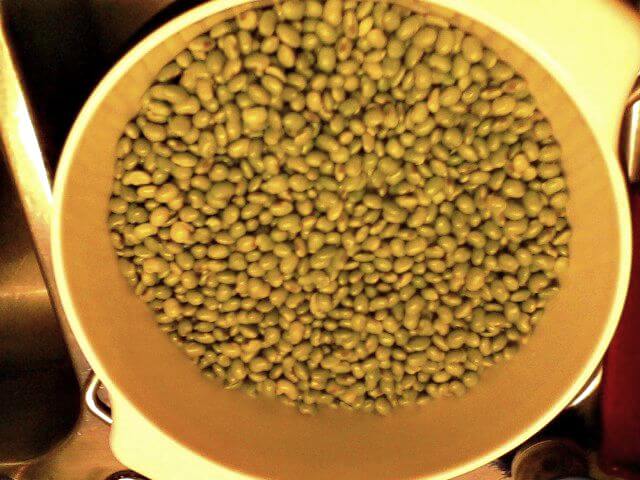Home Canning and Freezing
PRESERVING YOUR HARVEST
When your garden overflows with plump, red tomatoes and the Farmers Market has row after row of brilliantly-colored fruits and vegetables, it’s time to join in the tradition of preserving good food. There are several methods of preserving food. Home-canning and freezing are the most common, so let’s talk about those.
Home Canning
Home canning, by definition, means preserving fresh or prepared food in glass canning jars that seal with a two-piece vacuum cap and lid using a heat process to destroy microorganisms that can cause spoilage. There are two methods of home-canning. Boiling-Water method (processes at 212 degrees F) and Steam-Pressure method (processes at 240 degrees F)
Always start with the freshest produce, no matter which method you’re using. My Grandma would always go out to the garden really early in the morning to harvest.

The rest of the day was spent washing, slicing and dicing and of course, sterilizing all the jars. The acidity level of the food you are canning determines the method of heat processing necessary for a safe canned product. For the purpose of canning, all foods are divided into two groups. High-Acid foods and Low-Acid foods.
High Acid Foods use the Boiling Water Method.
Examples:
- Tomatoes
- Pickles
- Apples
- Pears
- Blackberries
- Plums
- Apricots.
Low Acid Foods use the Steam Pressure method
Examples:
- Green beans
- Carrots
- Lima beans
- Asparagus
- Beets
- Okra
- Spinach
Canning is a reliable method of preserving food and the basics of canning are easy to learn. Be sure to follow the basic safety precautions for not only preserving the food but also for sterilizing your jars and lids. It’s important to know what causes food to spoil. In the air and all around us are invisible microorganisms like mold, yeast and bacteria. They are the major cause of food spoilage.
All fruits, vegetables and meats in their natural state contain these microorganisms to some degree. Canning interrupts the spoiling process through heating food in containers that seal. The heat destroys the microorganisms and at the same time, air is forced out of the jar, a vacuum is formed and the jar seals preventing other microorganisms from entering and re-contaminating the food.
Food can be placed in the jars while it is hot or cold. The “hot pack” method is usually preferred for almost all vegetables and for some fruits. The “cold pack” or “raw pack” means placing food in the jars without any precooking.
Freezing
Freezing is one of the simplest and least time consuming ways to preserve food. But that’s not the only advantage. Frozen foods retain more of their natural color and flavors over most other methods. Freezing does not sterilize food. It’s based on the principal that extreme cold retards the growth of microorganisims. Freezing is safe for fruits, vegetables, meats and prepared foods. Blanching is the process of scalding vegetables in boiling water for a short time. It is simple. Blanching is a critical step in preparing vegetables for freezing and must be done carefully for all vegetables that will be frozen for more than 4 weeks.
To blanch: Place water in a large kettle and bring it to a rolling boil. Use a gallon of water per pound of vegetables, or approximately 2 cups of prepared vegetables. Clean and cut vegetables as needed. Place vegetables in boiling water. Cover and start counting blanching time as soon as they are placed in boiling water. Keep on high heat for the time given in the recipe you are using. Cool immediately in ice water for the same time used in blanching. This stops the cooking process. Drain vegetables thoroughly. Now you are ready to freeze. Suitable containers for freezing are plastic freezer bags, plastic containers, freezer jars or vacuum packaging.
Whether you are canning or freezing your harvest, follow your recipe to the letter. All recipes give blanching time and processing time for the vegetable you are preserving and the method you are using.
This article is not ‘an everything you need to know’ about canning article. For more details about tools, equipment and recipes, visit www.homecanning.com or pick up a copy of the Ball Blue Book of Canning and Preserving. This is the only publication you will ever need.
Cindy Keith










